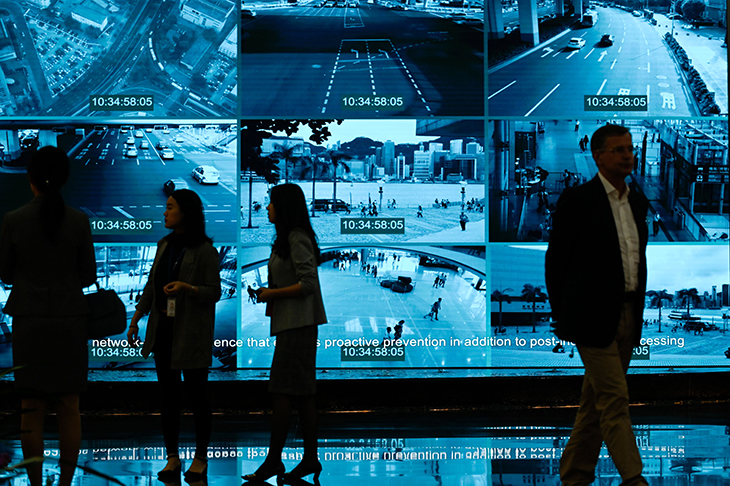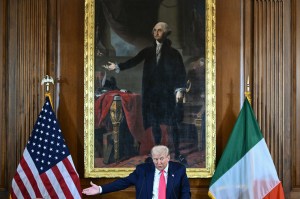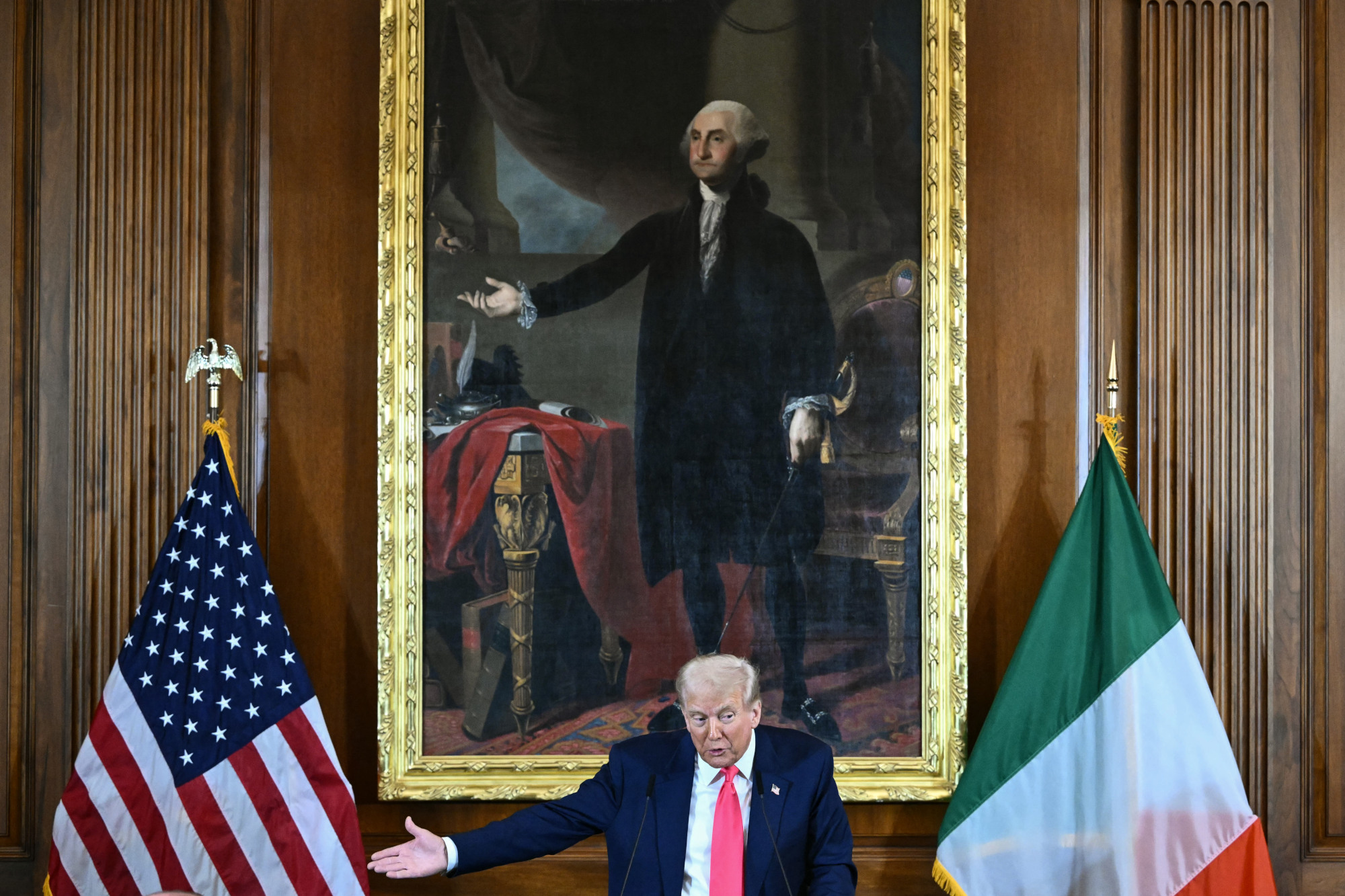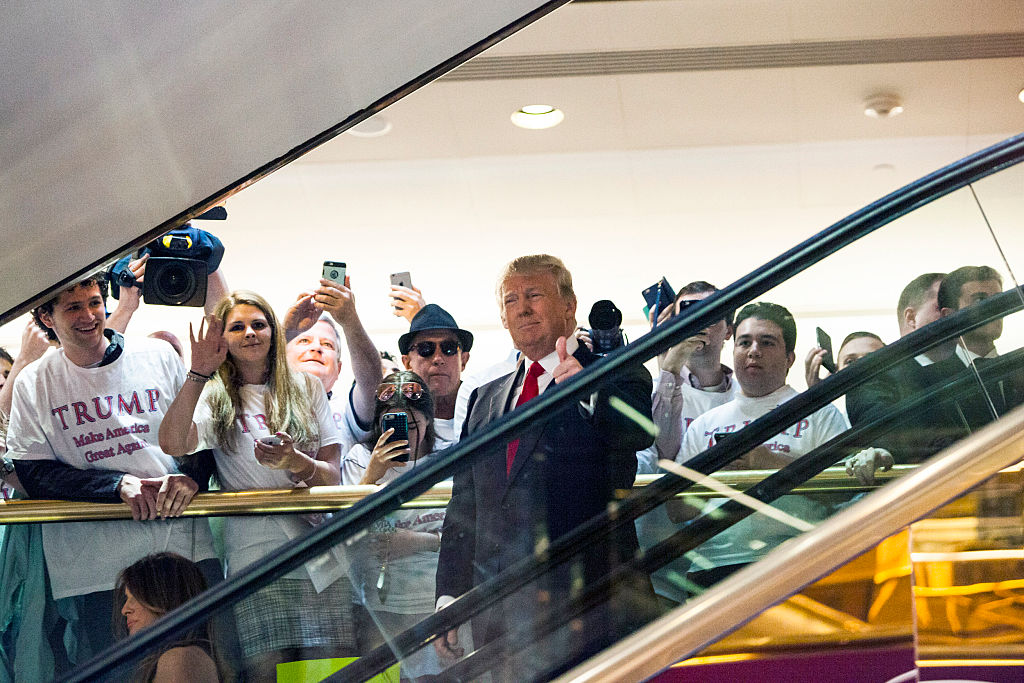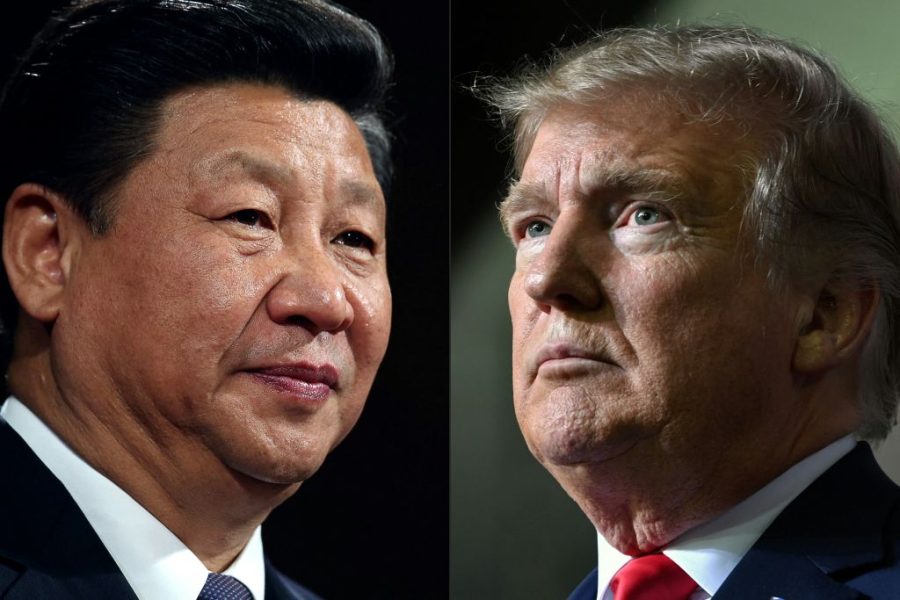I was recently treated to a small taste of the real China. It was in the incongruous setting of a vast conference centre in east London, directly under the flight path of City airport. On assignment for the BBC, I found myself wandering the stalls of Europe’s largest international security technology exhibition, filming for a new series on criminal justice.
As soon as I arrived in the main exhibition hall with the production team, we were greeted by roving cameras, high-definition displays, drones and every variety of audio and video surveillance kit. All bar a handful of stands were manned by Chinese representatives, smiling politely, if somewhat stiffly, as we approached them.
An enthusiastic Chinese saleswoman proudly demonstrated a surveillance system more sophisticated and frightening than I could have imagined. She talked me through it. High-definition cameras are mounted on buildings, on cars, in buses, on police officers’ jackets, helicopters and, naturally, on drones hovering in the sky, which create a surveillance net the likes of which take us far beyond anything George Orwell ever imagined. Just as tear gas is fired on the streets of Hong Kong, the Chinese have brought a whole new level of surveillance technology to in Britain.
The cameras on display didn’t just shoot video, a function of childlike simplicity. Facial recognition was not even an optional extra, but very much standard; almost all of the equipment came with the capability to recognize and monitor the behavior of every person, whether they like it or not.
Thermal imaging was another function on offer, alongside motion tracking, night vision and directional microphones. ‘It could help predict someone having a heart attack,’ I was told. ‘Or predict that they may be up to no good?’ I asked. ‘Yes, that is another possibility.’
But the most concerning piece of technology of them all was featured on one prominent screen, which constantly displayed the passing crowds, me included. There we all were, crisply defined in ultra-high resolution, but with colored lines superimposed on our bodies, tracking our movements. The effect made us all look like cartoon characters. ‘This is the future of the system,’ the pleasant guide informed me. ‘This is artificial intelligence.’
I was intrigued. What were those lines for? The answer was disturbing. Every single movement of every person in sight of the cameras was being captured by the system. The information was then analyzed and used to predict our next moves, based on previous behavior.
This information can then be fed into a facial recognition system and linked to a database logging millions of faces a day, credit card data, travel records, body temperature, X-ray scanners, mobile phone GPS chips, car number-plate recognition systems and a profusion of other data sources.
‘So you can really track everyone in society, wherever they go, whatever they do, 24 hours a day?’ I asked. ‘Yes! Of course!’ came the eager reply.
Another manufacturer showed me how they already had a complete surveillance system in place at a shopping centre in one unidentified Chinese city. ‘It would also be perfect for a school or nursery playground,’ he said. ‘The computer could tell the teacher before the children even have a fight.’
Suddenly, we were surrounded by a small but determined swarm of suited Chinese people, muttering into mobile phones: torrents of Mandarin and Cantonese, punctuated by one recognizable term: ‘BBC.’ There was much frowning and shaking of heads, and before long my producer was surrounded and being asked a barrage of questions about why we were there and what the program was about, while photographs were taken of his BBC badge. ‘No people on television, no filming allowed!’ we were told, in a resolute tone.
We moved on, now with an entourage of cameras and phones following us. Our final stop was at a stall for high-level unmanned aerial vehicles. These are not tiny drones, but small airplanes. They are similar to those deployed by the US in Afghanistan and Iraq. The UAVs on sale in London do not carry guided missiles, at least not yet, but they do have the same cameras we had seen earlier, with all those tracking and monitoring capabilities.
‘They are for protecting secure facilities like power plants,’ I was told. ‘Could they also be used in urban environments, by the police and law enforcement?’ I asked. ‘Yes, they are very adaptable,’ came the reply. Our chat was quickly interrupted by a minder. ‘All these people work for the Chinese government,’ he said. ‘They cannot appear on television, they will be in trouble.’ Never mind the fact they were selling equipment designed to film the rest of us constantly.
Few now remember the fate of the Identity Cards Act, which passed in the last months of the Blair administration and disappeared quietly, less than a decade ago, without us Brits ever being required by law to carry a piece of plastic to prove who we are. What a quaint debate that seems now.
Get ready to live in the new world of Big Data, where all that we do and all that we think feeds upwards into a cloud of data and down again into systems to be used for purposes not yet even conceived.
We moved on again, this time leaving our minders behind us. I met a man called Dave who talked willingly to me — on camera — about his good, solid, English-made yellow metal poles, with old-fashioned CCTV cameras on top. No facial recognition here: ‘They’re for scrapyards and warehouses,’ he told us. ‘They help to reduce burglaries. If anyone breaks in, an alarm will go off.’ Dave happily signed his BBC consent form. ‘So when will this be on TV?’ he asked.
This article was originally published in The Spectator magazine.



